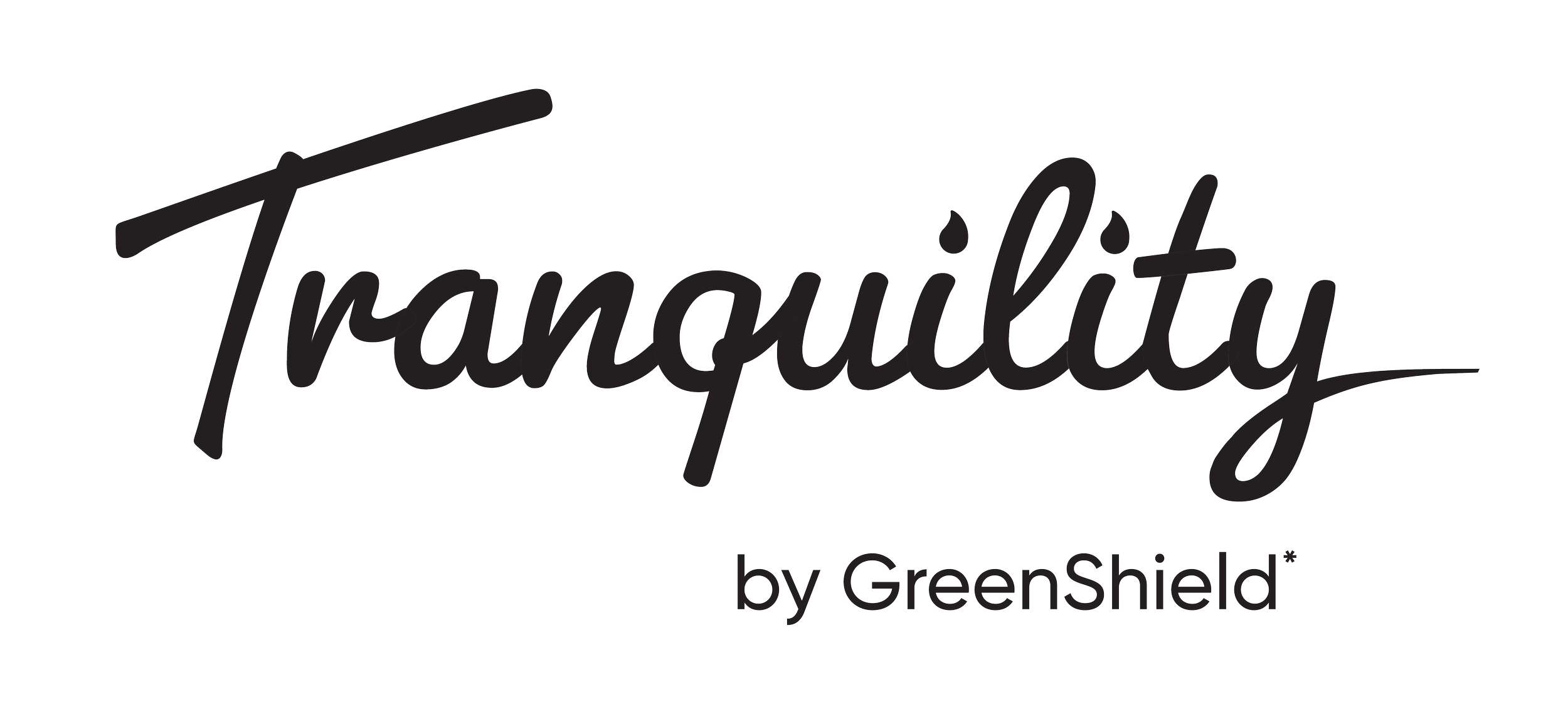Breathing Techniques To Ease Your Anxiety
Anyone who has ever dealt with an anxiety disorder can attest that the anxious feeling is a daily companion - and an undesired and seriously unwelcomed one. But, with that said, everyone’s coping strategies are different and while many people benefit from a combination of therapy and medication, the bottom line is anxiety never really fully disappears.
However, there are ways to ease the symptoms of anxiety. Some people benefit from daily exercise, reducing caffeine intake, journalling and getting outside. But if you’re at work or are in the middle of something it’s not so easy to duck out for a jog or a journalling session.
But we have you covered with breathing techniques that can ease your anxiety - and can be done wherever you are.
Deep Breathing
Get in a comfortable position and make sure your spine is straight. Sitting upright in a chair or laying on your back are the best positions
Close your eyes
Notice your breaths. Pay attention to whether or not you’re breathing in and out from the chest, and the speed of your breath.
Relax your shoulders and begin to breathe intentionally. Inhale through your nose, using a slow, deep breath. Notice your centre - does it expand once you fill your body with breath? Exhale through your mouth.
Continue to do this for 5 - 10 more cycles of breath, focusing on your breathing.
Pay attention to your entire body and which areas feel extremely tense. As you exhale, imagine that your body is releasing stress and tension.
As you prepare to stop, take a few moments to assess how you’re feeling physically and emotionally.
Tip: Practice this breathing exercise at times when you’re not feeling especially anxious. It will make the deep breathing exercise easier when you do feel a panic attack or extreme anxiety come on.
Abdominal Breathing (aka Natural Breathing)
Natural breathing is how you should be breathing all day long - so you should practice this type of breathing all the time.
Slowly inhale a normal amount of air through your nose - your stomach will expand, which means that the air is filling your lower lungs.
Exhale.
Continue this breathing pattern and concentrate on filling only the lower lungs.
Slow Breathing
Many people with anxiety take quick, shallow breaths, which lead to shortness of breath and hyperventilation during especially anxious moments. Slow breathing is an effective way to ease anxiety and prevent a panic attack. So, if you’re in a triggering situation, you may want to try the slow breathing technique.
Put one hand on your chest and the other on your abdomen
Hold your breath and count to 10, then breathe out and focus on relaxing
Next, inhale slowly through your nose for three seconds. The hand on your chest should stay still; you should feel a rise with the hand on your abdomen.
Exhale through your mouth for three seconds and you should feel the hand on your abdomen drop as you exhale.
Spend one minute continuing the six-second cycle, then hold your breath again for 10 seconds.
Repeat this process for five minutes.
Tip: Try to spend 20 minutes each day practising slow breathing. This doesn’t have to be 20 minutes at a time - you can break up your practice times depending on your schedule.
Try to carve out at least a few minutes each day to work on your breathing techniques. It’ll allow you to stay present and steady your breathing when an intense moment of anxiety does occur.
Overcome your anxiety with Tranquility.
Tranquility Online is an online platform that helps individuals overcome anxiety through the gold standard approach - Cognitive Behavioural Therapy. Through online modules, your very own personal coach and peer support groups Tranquility provides you with the tools and techniques to overcome anxiety.
Sign up for a 7-day free trial today to get $50 off your subscription.
